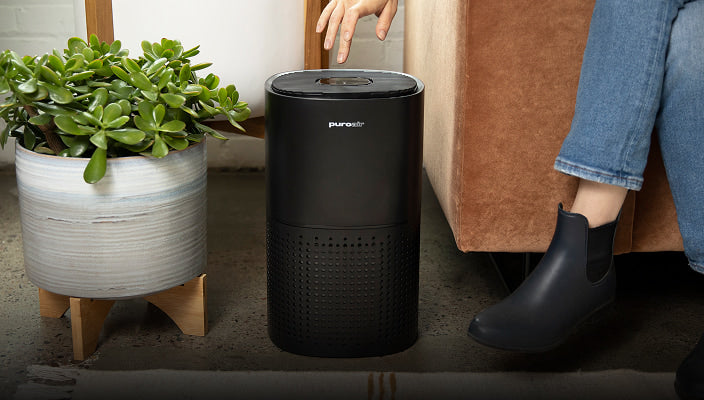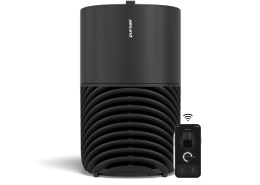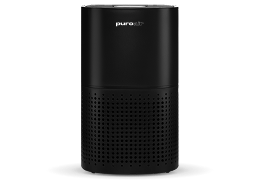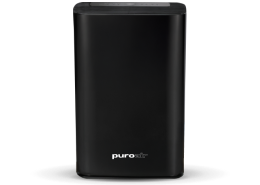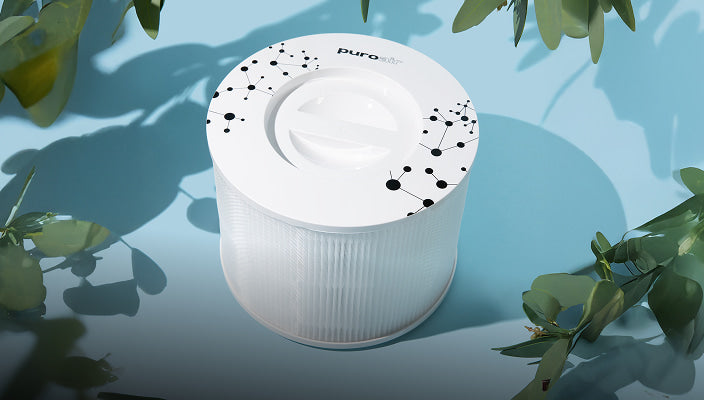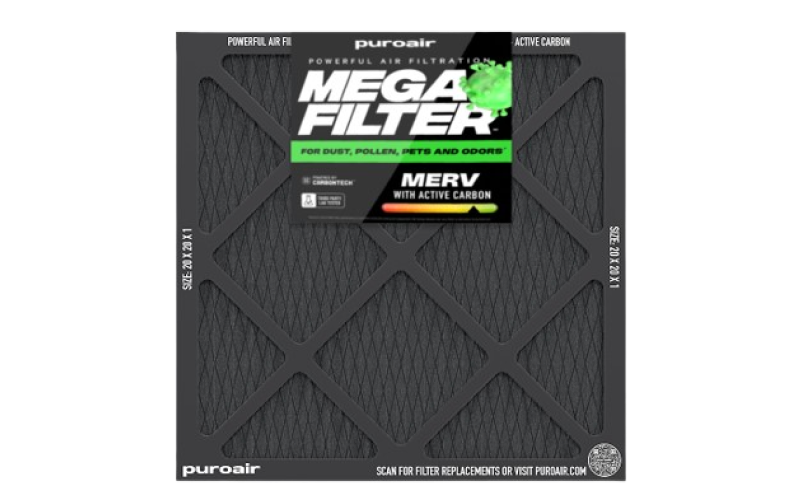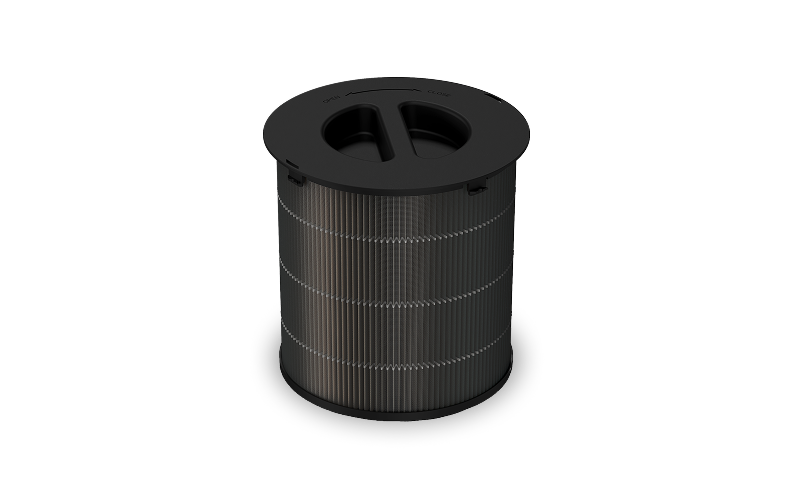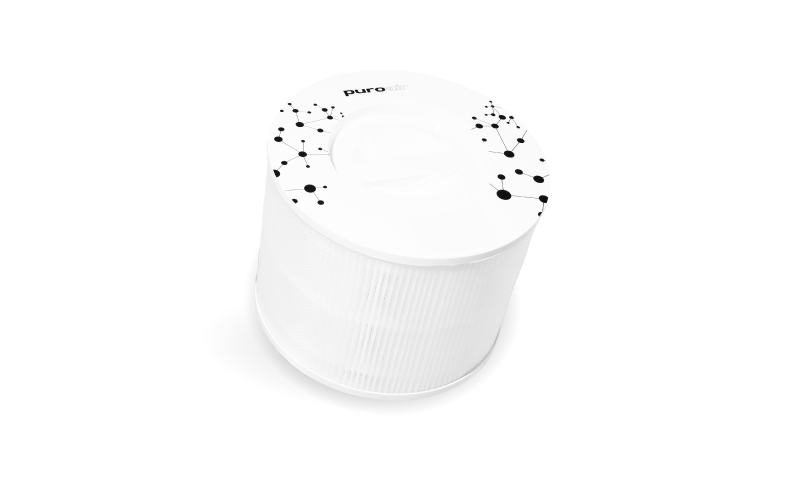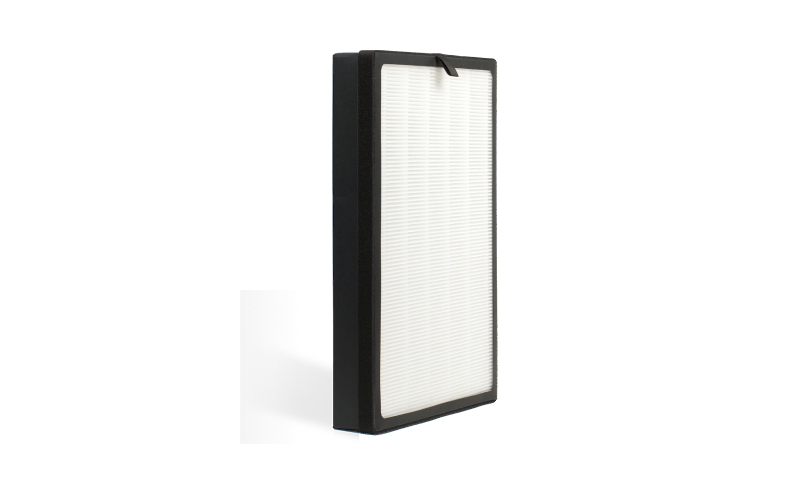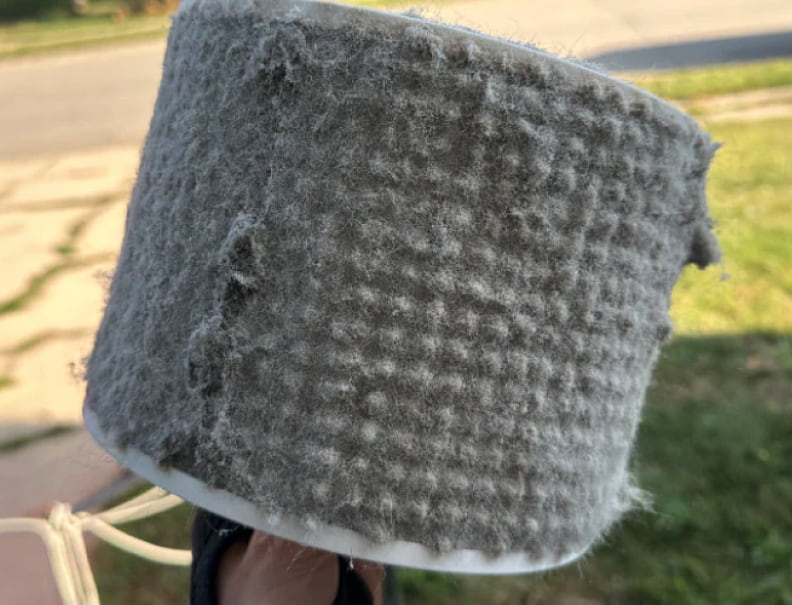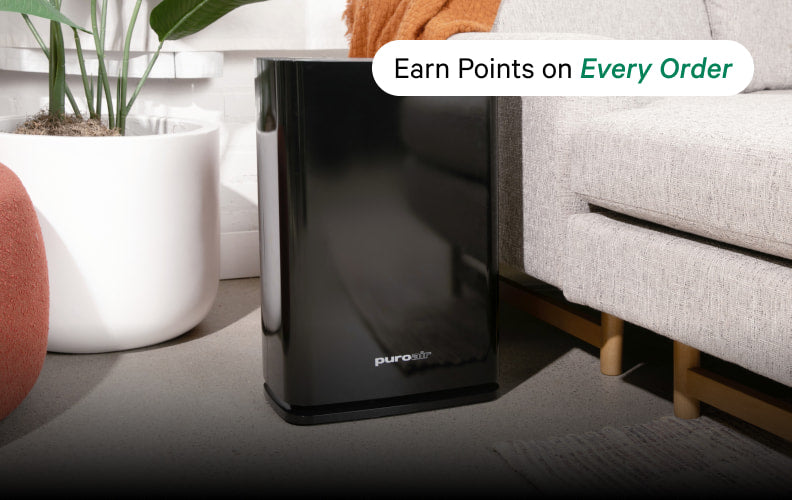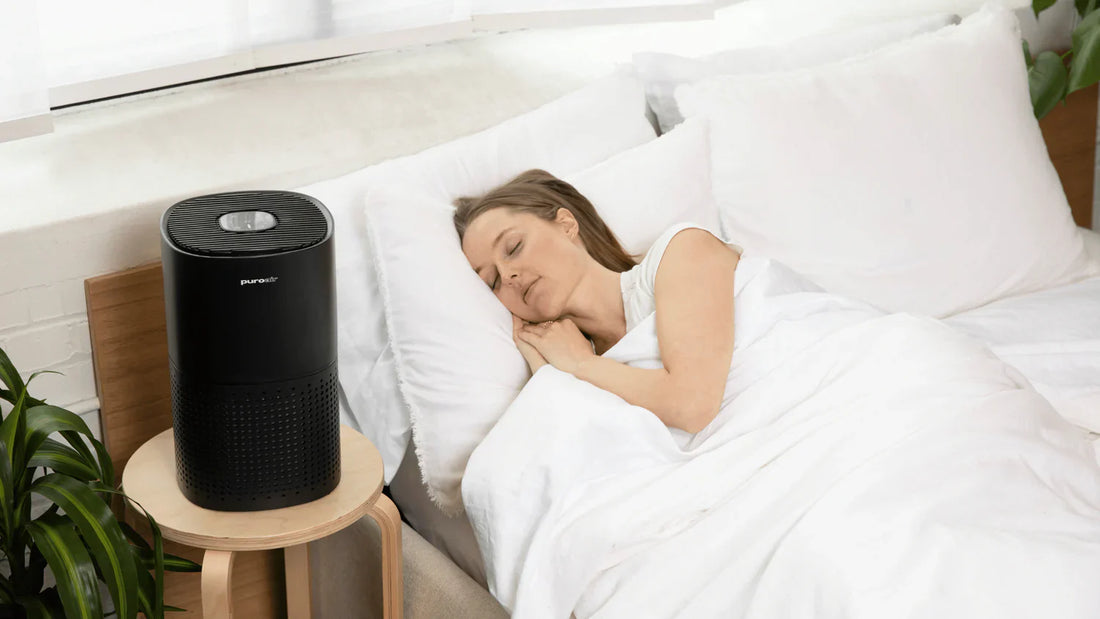Authored by Dr. Ludovica Gazze, Associate Professor in Economics at the University of Warwick, supported by PuroAir, a leading provider of air purification technology.
Air quality plays a crucial role in our overall health, but the focus is often on outdoor pollution, leaving many unaware of the significant impact indoor air can have. According to the World Health Organization, air pollution is one of the most significant environmental risks to health. Yet, while society has become more aware of outdoor air quality, we often overlook the conditions inside our homes and the role air purifiers play in improving it.
In this post, I explore how air quality varies between indoor, outdoor, and purified environments, and highlight a pilot study conducted in partnership with PuroAir to uncover how air purifiers can improve indoor air quality.
The Overlooked Dangers of Indoor Air Pollution
While we often associate poor air quality with outdoor environments, such as urban smog or vehicle emissions, indoor air can sometimes be just as harmful—if not more. In fact, the U.S. Environmental Protection Agency (EPA) ranks indoor air pollution among the top five environmental risks to public health.
Indoor air pollution can stem from various sources on top of outdoor pollution trickling in, including cooking fumes, cleaning agents, dust, mold, and even volatile organic compounds (VOCs) from household products like paints and furniture. Pollutants can accumulate, contributing to respiratory issues, allergies, and even long-term health problems such as cardiovascular disease.
Indoor vs. Outdoor Air Quality: A Global Perspective

Urban environments around the world face air quality challenges that are both external and internal. In Latin America, 80% of the population lives in urban areas, making indoor air quality a growing concern. Moreover, people spend 60-90% of their time indoors. Despite this, we tend to focus more on outdoor pollution, such as smog and emissions, rather than the air quality inside our homes.
For individuals living in highly polluted areas, these effects can be exacerbated. Outdoor pollutants like fine particulate matter (PM 2.5) can infiltrate homes through windows, doors, and cracks in the structure, adding to the already significant indoor air pollution. This problem is particularly severe in low- and middle-income households, where exposure to both indoor and outdoor pollutants is more likely due to proximity to pollution sources and poor building infrastructure.
The Pilot Study: Cleaner Air, Healthier Lives
To better understand the differences between indoor, outdoor, and purified air, a pilot study was conducted in Mexico City with the goal of evaluating whether air purifiers could significantly reduce indoor pollution.
The study enrolled 56 families, half of which received PuroAir air purifiers. I measured particulate matter (PM 2.5), a common pollutant that can penetrate the respiratory system and lead to health issues over time. The study aimed to:
- Measure air quality in low- and middle-income homes.
- Test air purifiers' effectiveness in improving indoor air quality and their potential to improve health outcomes.
The Abdul Latif Jameel Poverty Action Lab (J-PAL), a global research center based at MIT, funded the study as part of their King Climate Action Initiative, which supports evidence-based policies to improve health and address climate impacts. Innovations for Poverty Action (IPA) Mexico, a nonprofit organization focused on providing practical solutions to reduce global poverty, implemented the study.
Preliminary Findings: Cleaner Air, Healthier Homes
- Indoor air was often more polluted than outdoor air: Many homes without air purifiers had higher levels of PM 2.5 indoors compared to the surrounding outdoor environment. This highlights the importance of addressing indoor air quality, especially in densely populated urban areas.
- Air purifiers made a significant difference: Homes equipped with air purifiers saw a substantial reduction in PM 2.5, with levels dropping by more than half. In some cases, indoor air quality matched or surpassed outdoor air quality in less polluted areas.
- Air purifiers can be energy-efficient: Air purifiers in automatic mode adapted to changing indoor air conditions, providing clean air while conserving energy. This made them an efficient option for maintaining healthier indoor environments without significantly increasing energy consumption.
- Healthier air may lead to better sleep and well-being: Although the study primarily focused on air quality, families with air purifiers reported feeling better overall. This has led researchers to explore whether cleaner indoor air could also contribute to improved sleep and cognitive function—a relationship that will be further examined in future studies.

The chart above depicts the difference in PM2.5 between outdoor environments, indoor (control) environments vs. air purifier usage on manual mode and automatic mode.

The chart above shows the difference in sleep quality between study groups using no air purifier (control) and air purifiers on manual mode and automatic mode.
The Next Step: Understanding Air Quality’s Impact on Health
While the pilot study provided valuable insights, it also revealed the need for a larger, more comprehensive study to fully understand the impact of indoor air quality on health. In particular, future research will seek to answer critical questions, such as whether families who experience the benefits of air purifiers are more likely to invest in them long-term, and how improved air quality affects sleep quality, productivity, and overall well-being.
I am currently seeking funding for a more extensive study that will include a larger sample size and longer monitoring periods. This expanded research will delve deeper into how air purifiers can alleviate the health impacts of poor indoor air.
The Case for Cleaner Indoor Air
As urbanization continues to rise, particularly in major cities across the globe, we need to shift our focus toward improving the air quality inside our homes and offices. This pilot study highlights how crucial indoor air quality is, showing that air purifiers can reduce indoor pollution and contribute to healthier living environments.
In conclusion, clean air—both indoors and out—should be a priority for everyone. While much attention is paid to outdoor air pollution, it’s clear that the air inside our homes can have a more immediate and direct impact on our health. So whether you’re concerned about allergens*, pollution, or even the potential effects on your sleep, investing in a high-quality air purifier, such as those offered by PuroAir, could be a step toward a healthier, more comfortable living space.
How PuroAir is Contributing to Cleaner Air
A note on this study from our CEO:
At PuroAir, our mission is to ensure that everyone, regardless of income or location, has access to clean air. Through our cutting-edge air purification technologies, we are working to make healthier homes a reality for families worldwide.
“We’re committed to making this kind of life-changing difference, especially in underserved communities where access to clean air can be a challenge. This research reinforces our mission to ensure that everyone, regardless of income or location, can experience the benefits of healthier air,” says Robby Choueiri, CEO of PuroAir.
As a leader in the air purification industry, PuroAir supports studies like the one in Mexico City to deepen our understanding of how air quality impacts health, from reducing respiratory illnesses to improving cognitive function.
__

